| Structure | Name/CAS No. | Articles |
|---|---|---|
 |
sucrose
CAS:57-50-1 |
|
 |
sodium chloride
CAS:7647-14-5 |
|
 |
Formaldehyde
CAS:50-00-0 |
|
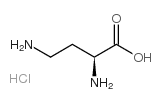 |
H-Dab.HCl
CAS:1482-98-0 |
|
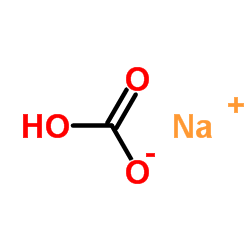 |
SodiuM bicarbonate
CAS:144-55-8 |
|
 |
SODIUM CHLORIDE-35 CL
CAS:20510-55-8 |
|
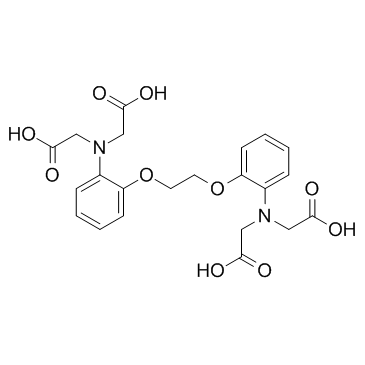 |
BAPTA
CAS:85233-19-8 |
|
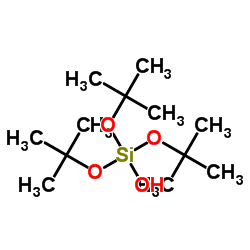 |
Tris(2-methyl-2-propanyl) hydrogen orthosilicate
CAS:18166-43-3 |
|
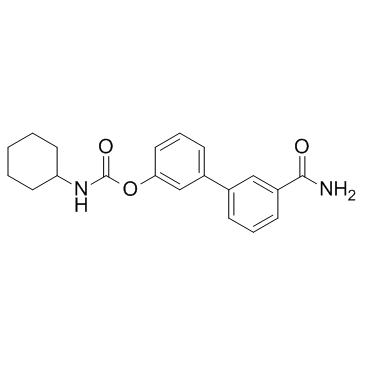 |
URB597
CAS:546141-08-6 |